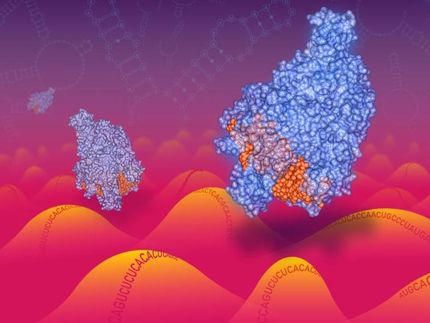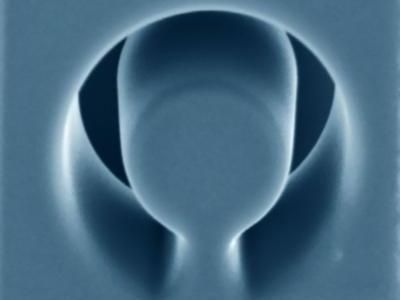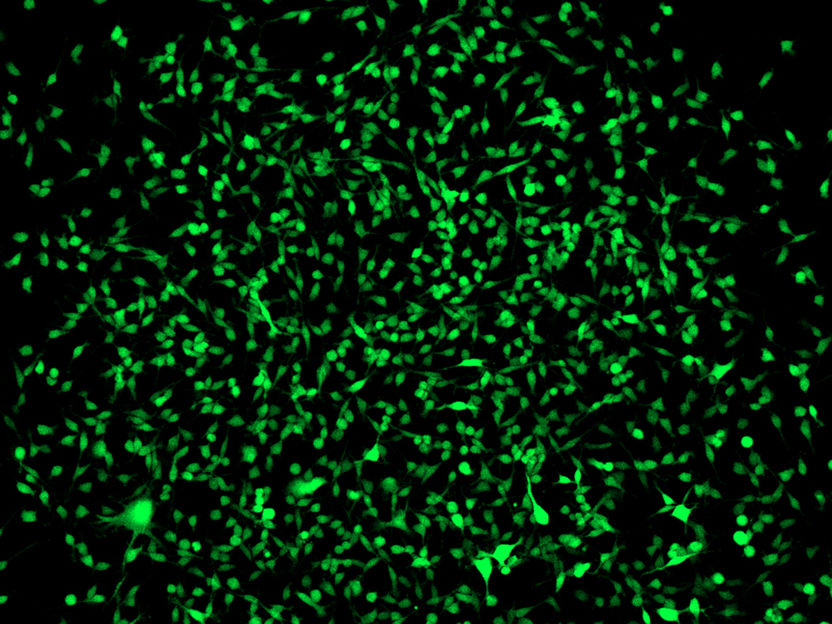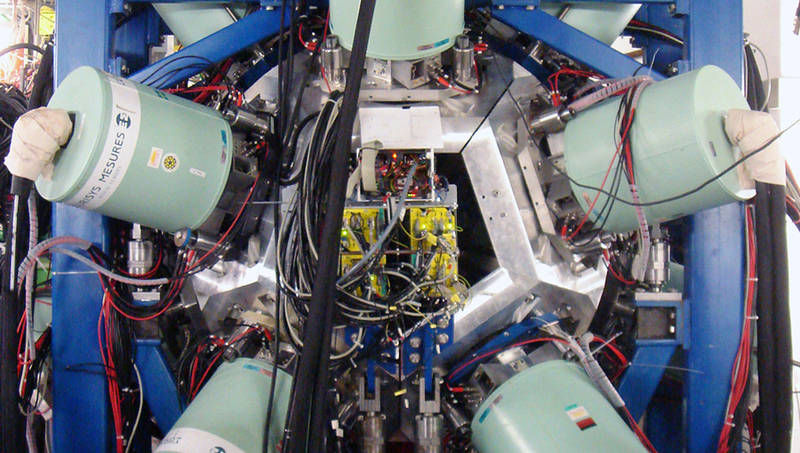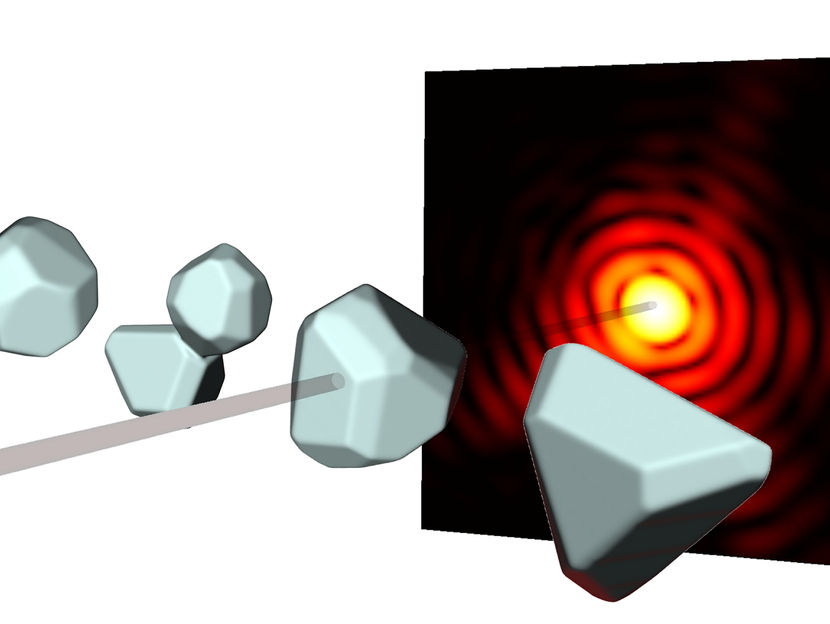Sartorius closes 2020 with strong growth
Group management raises sales target for 2025 to about 5 billion euros
Sartorius recorded high growth according to preliminary figures in 2020 due to strong organic development, several acquisitions and the additional momentum from business related to the coronavirus pandemic. The Group closed the year with significant double-digit growth rates in sales revenue, order intake and earnings, reporting further gains in both divisions and across all geographies.
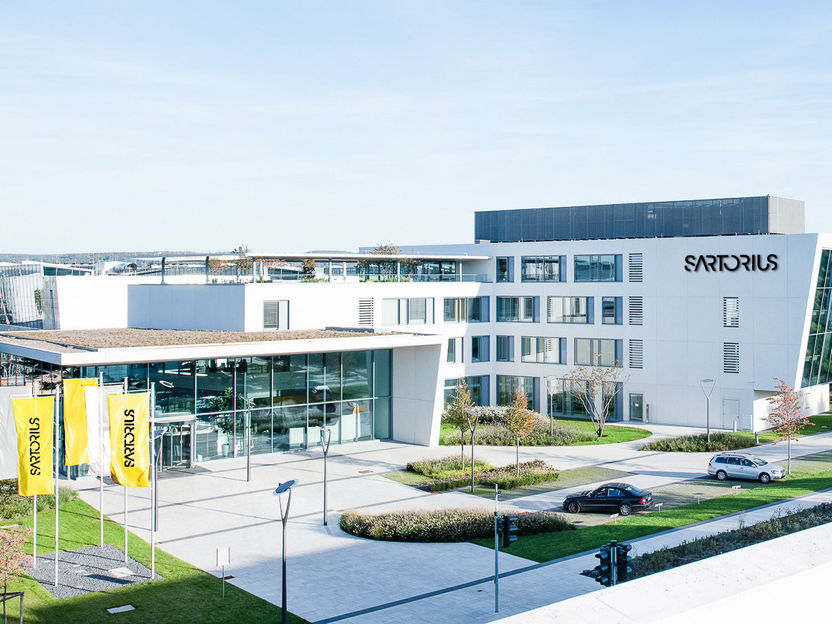
Sartorius
“The pandemic year of 2020 was exceptional and very challenging for Sartorius as well. First and foremost, we are glad that we did not have to report any high numbers of infections or serious illnesses among our employees. Moreover, in a very intense and demanding environment, we also experienced the strongest year of growth in the company's recent history and were simultaneously able to complete several strategically important acquisitions,” said Executive Board Chairman and CEO Joachim Kreuzburg. “Our strategy and business model proved not only to be particularly resilient in the face of the pandemic. Sartorius has also been contributing directly toward overcoming this pandemic: each and every day, we deliver essential products and technologies to vaccine manufacturers all over the world for producing coronavirus vaccines. Our employees mastered considerable challenges in the past year. A big thank you goes out to the entire international Sartorius team for the fantastic job they did.”
Looking at the current year and ahead to the future, Kreuzburg remains generally optimistic: “The pandemic is still not over so protecting the health of our employees continues to remain our top priority. In this environment, even short-term forecasts are subject to increased uncertainty. Yet from today's perspective, we expect strong growth for 2021 and beyond. That’s why we will accelerate and extend the expansion of our production capacities once again, above all at our sites in Germany, Puerto Rico, and China. Moreover, we considerably raised our mid-term targets for 2025 and now plan to grow our sales to about 5 billion euros.”
Business development of the Group
According to preliminary figures, Group sales revenue surged by 30.2 percent to nearly 2,336 million euros in constant currencies (reported: +27.8 percent). Sartorius thus exceeded its forecast issued at the beginning of the year, which had projected an increase in sales revenue by 10 percent to 13 percent and had been raised during the year. Specifically, this was because of two effects: In addition to strong organic growth, consolidation of the most recent acquisitions contributed a good 7 percentage points to non-organic expansion. Furthermore, the preparations of several biopharmaceutical customers to manufacture coronavirus vaccines and Covid‑19 therapeutics also had a positive impact. The influence of these pandemic-related effects on consolidated growth was a good 8 percentage points.
Order intake grew even more dynamically than sales revenue and was up 49.0 percent in constant currencies to 2,836 million euros (reported: +46.2 percent). Pandemic-related orders accounted for close to 14 percentage points of growth.
Underlying EBITDA also rose very significantly, showing an overproportionate increase in relation to sales revenue, by 39.6 percent to 692 million euros. The respective margin climbed year over year from 27.1 percent to 29.6 percent. Economies of scale in the Bioprocess Solutions Division primarily played a role in this substantial increase in profitability, yet the underproportionate development of costs in some areas as a result of the pandemic also added to this effect, such as the significant reduction of business travel as well as fewer new hires in non-production areas. The most recent acquisitions had a slightly positive effect on the earnings margin, while currency headwinds had a somewhat dilutive impact. Relevant net profit for the Group rose in relation to sales, by 42.9 percent to 299 million euros. Underlying earnings per ordinary share were 4.37 euros (previous year: 3.06 euros) and per preference share, 4.38 euros (previous year: 3.07 euros).
Business development of the regions
The Group increased its revenues by double digits in all three geographies yet again. Particularly in the regions of EMEA and the Americas, Sartorius benefited from additional demand in connection with the development and manufacture of coronavirus vaccines and Covid-19 therapeutics. Revenue in the Americas, which accounted for about 35 percent of total Group sales, rose sharply, also because of the acquisitions, by 32.8 percent to 812 million euros. Sales revenue in the EMEA region that contributed the highest share of around 40 percent to total Group revenue amounted to 935 million euros, up 28.4 percent. Generating around 25 percent of Group sales, the Asia | Pacific region recorded sales revenue totaling 588 million euros, a gain of 29.6 percent. (All figures in sales revenue growth in constant currencies)
Key financial indicators
Sartorius invested substantially in expanding its capacity in 2020 in order to meet high demand. The ratio of capital expenditures (CAPEX) to sales revenue remained in the double digits, at 10.3 percent, despite strong sales growth (previous year: 12.3 percent). Equity rose at year-end from 1,093 million euros to 1,402 million euros. The equity ratio of the Group continued to remain at a solid level of 29.9 percent even after closing of the acquisitions and the increased balance sheet total due to a significantly expanded cash position (December 31, 2019: 38.1 percent). Net debt to underlying EBITDA increased as expected, from 2.0 at year-end 2019 to 2.6 for the period ended December 31, 2020.
More than 10,600 employees
At the end of 2020, the Group employed 10,637 people worldwide. Compared to the prior-year headcount, this number was thus 1,601 higher. The increase resulted primarily from hiring additional production staff at the company’s manufacturing sites with especially high capacity utilization. At the end of the reporting period, around 7,100 people were employed in the EMEA region, more than 1,900 in the Americas and about 1,600 in the Asia | Pacific region.
Business development of the divisions
Both divisions contributed significant rates to sales growth. The Bioprocess Solutions Division that offers a wide array of innovative technologies for manufacturing biopharmaceuticals expanded at an exceptionally dynamic rate in the reporting year, with sales up 34.4 percent to 1,783 million euros (reported: +32.0 percent). In addition to strong organic growth across all product categories and geographies, pandemic effects added up to an estimated 12 percentage points of which the majority was attributable to additional sales in connection with the ramp-up of production capacities for coronavirus vaccines and Covid‑19 therapeutics. Close to 5 percentage points of the division’s growth was due to consolidation of the most recent acquisitions.
Order intake developed even more strongly than sales revenue, soaring 56.4 percent in constant currencies (reported: +53.5 percent) to 2,238 million euros, with the pandemic effects described above having a positive impact of around 17 percentage points.
Underlying EBITDA of the Bioprocess Solutions Division was 576 million euros, up 46.5 percent very significantly above the prior-year figure of 393 million euros. Due to economies of scale and pandemic-related underproportionate cost development to some extent, the division's respective margin was up year over year from 29.1 percent to 32.3 percent. Currency headwinds had a slightly negative impact, while the most recent acquisitions did not have any significant effect on the division’s earnings margin.
The Lab Products & Services Division specializing in equipment and technologies for life science research and pharmaceutical laboratories achieved a sales increase in 2020 of 18.1 percent to 553 million euros (reported: +16.1 percent). Acquisitions contributed about 15 percentage points; the net impact of various countervailing pandemic effects added up to minus 1 percentage point. Thus, the division was confronted in the first half with an extremely challenging economic environment, especially in China and the USA, due to the pandemic. This led to a decline in sales revenue in some product segments. In the second half, rebound and catch-up effects increasingly set in. In particular, demand was high for products such as diagnostic membrane and pipette tips used as part of coronavirus testing. The division’s bioanalytics portfolio that includes the protein analytical business acquired from Danaher also grew dynamically. Order intake rose even more strongly than sales revenue, climbing 26.4 percent (reported: +24.1 percent) to 598 million euros.
Underlying EBITDA for the Lab Products & Services Division rose by 13.2 percent from 103 million euros a year earlier to 116 million euros in the reporting year; the corresponding margin reached 21.0 percent relative to 21.6 percent in the previous year. The main reason for the slight decline was the weaker capacity utilization at some plants in the first half of the year due to the pandemic, while the most recent acquisitions had a positive impact of a good 2 percentage points on the division’s margin. Exchange rates did not have any significant effect on the division’s earnings margin.
Forecast for 2021
Sartorius plans to grow profitably in 2021 as well. Consolidated sales revenue is thus projected to increase by about 19 percent to 25 percent. Initial consolidation of the acquisitions is expected to contribute about 5.5 percentage points to this growth, and the impact of the pandemic-related businesses on Group revenue is difficult to estimate at the present time and is likely to amount to up to 6 percentage points. Regarding profitability, the company forecasts that its underlying EBITDA margin will be about 30.5 percent, up from 29.6 percent a year earlier. Due to dynamic organic growth, Sartorius is extending and accelerating the expansion of production capacities and its digital infrastructure. As a result, the CAPEX ratio is expected to be around 15 percent (previous year: 10.3 percent).
For the Bioprocess Solutions Division, the Executive Board expects sales to grow between 22 percent and 28 percent, with consolidation of the most recent acquisitions likely to contribute about 6 percentage points and the pandemic effects up to 8 percentage points. For the division’s underlying EBITDA margin, management forecasts a moderate increase to around 33 percent (previous year: 32.3 percent) after the underproportionate cost development as a result of the pandemic had additionally increased this margin in the prior year, especially in this division, and now that corresponding effects resulting from pent-up demand are included in this projection.
The Lab Products & Services Division is projected to increase its sales revenue by 10 percent to 16 percent, with the most recent acquisitions expected to contribute around 5 percentage points to growth. Pandemic effects are not anticipated unless laboratories will be closed again as part of potentially very extensive lockdowns. For the division’s underlying EBITDA margin, a substantial increase to about 23.0 percent is forecasted (previous year: 21.0 percent).
All forecasts are based on constant currencies, as in the past years. In addition, the company assumes that the global economy will increasingly recover as the current year progresses and that supply chains will remain stable.
Mid-term targets up to 2025 updated
As early as 2018, management presented its strategy and long-term targets for the period of 2020 to 2025. The targets for 2025 have now been updated and partly raised, given the results achieved in the Bioprocess Solutions Division in 2020 and the resulting increase in the baseline values, as well as expectations of future organic growth in this segment.
Accordingly, Sartorius now plans to increase its consolidated sales revenue to about 5 billion euros in the five-year period up to 2025 (previous target: around 4 billion euros). The company intends to achieve this increase in both divisions primarily through organic growth as well as additionally by acquisitions. The Group’s underlying EBITDA margin is forecasted to rise to around 32 percent (former guidance: around 28 percent). For the Bioprocess Solutions Division, the company now projects sales revenue of around 3.8 billion euros (former guidance: approximately 2.8 billion euros), with an underlying EBITDA margin of around 34 percent (former guidance: around 30 percent). The outlook for the Lab Products & Services Division remains unchanged, with sales revenue forecasted at around 1.2 billion euros and an underlying EBITDA margin at about 25 percent.
These projections are based on the assumption that on average the margins of future acquisitions will initially be somewhat below and, after integration, at a level comparable to those of the Group’s existing businesses, and that there will be no relevant changes in the key currency exchange rates.
Management points out that the dynamics and volatilities in the life science and biopharma sectors have increased over the past years and the coronavirus pandemic has further amplified this trend, so that multi-year forecasts show even higher uncertainties than usual.

